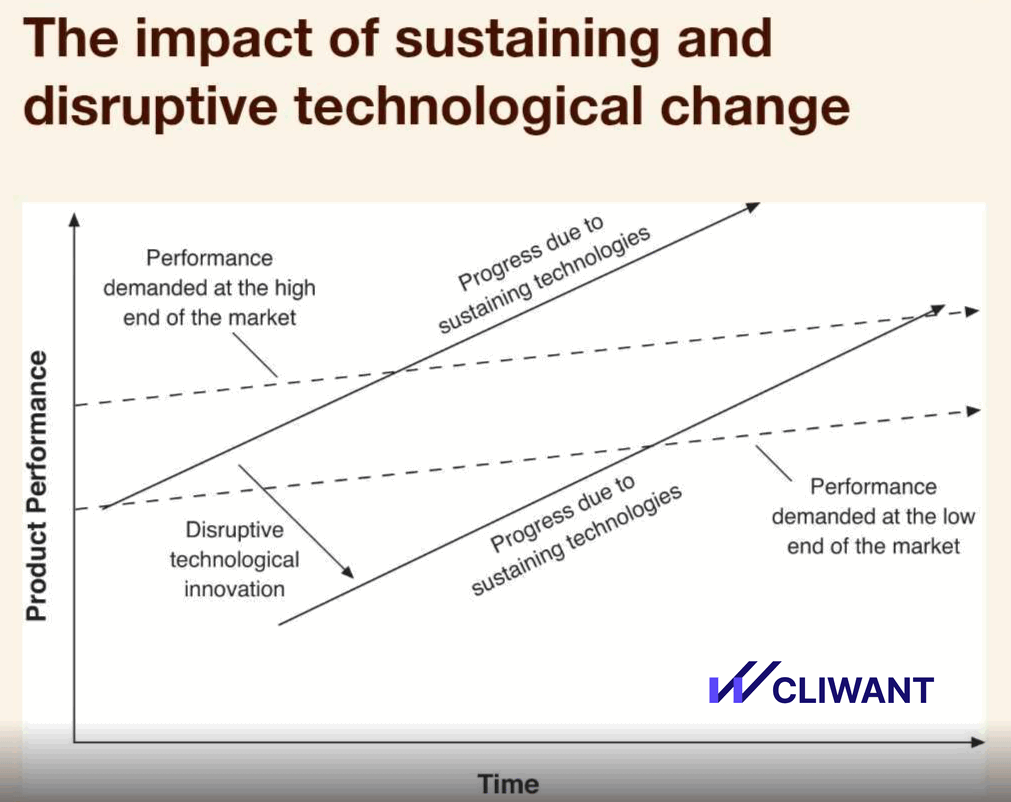Responding to RFPs: Why SMEs and Enterprises Face the Same Struggles

The Universal RFP Challenge
After speaking with numerous industry players, one thing is crystal clear: anyone dealing with RFPs (Requests for Proposals) is experiencing pain. SMEs and large enterprises may approach the RFP process differently, but the struggle remains universal.
For SMEs, the challenge lies in handling a smaller number of RFPs per month, ensuring precise matching of product requirements, meeting mandatory certifications, and remaining competitive in pricing. In contrast, enterprises deal with significantly higher volumes—sometimes exceeding 100 tenders monthly—where relationship dynamics, estimation accuracy, and competitive intelligence play a more dominant role. Yet, both segments wrestle with complexities, inefficiencies, and high-stakes decision-making.
Common Struggles Across SMEs and Enterprises
- Time-Consuming Workflows
RFPs demand extensive research, pricing calculations, and legal approvals. Many businesses still rely on email, spreadsheets, and manual documentation, leading to wasted hours searching for previous responses, rewriting content, and ensuring compliance. SMEs struggle to dedicate resources to this, while enterprises often find themselves tangled in bureaucratic layers of approval. - Content Chaos
One of the biggest bottlenecks is reusing past proposal content efficiently. In SMEs, tribal knowledge is often stored in scattered documents or within key employees' heads. Enterprises, despite having more structured knowledge management systems, frequently struggle with version control and outdated content, resulting in redundant work and inconsistencies. - Collaboration Challenges
A typical RFP response requires input from multiple departments—sales, engineering, legal, and finance. SMEs often lack dedicated proposal teams, forcing employees to juggle RFPs on top of their main responsibilities. Enterprises, on the other hand, deal with the complexity of cross-functional collaboration, which can slow down response times. - Meeting Deadlines Under Pressure
SMEs often find themselves rushing to complete RFPs due to limited manpower. Enterprises face similar struggles, not because of a lack of resources, but due to inefficient internal processes and coordination hurdles. Regardless of company size, last-minute scrambles are common, leading to stress, errors, and missed opportunities. - Win Rates and Missed Opportunities
Both SMEs and enterprises leave money on the table. SMEs often skip bidding on large opportunities due to lack of resources, while enterprises sometimes pass up smaller contracts that could be profitable. Even when bids are submitted, rushed or low-quality responses reduce the likelihood of winning. Companies that fail to optimize their RFP process ultimately lose potential revenue.
The Role of Disruptive Technologies in RFPs
Many assume AI and automation will eliminate these pains, but the reality is more nuanced. Looking at the second image referencing The Innovator’s Dilemma (Christensen, 2016), we see that sustaining technologies continue to improve, often surpassing user needs. Disruptive innovation, however, changes the game entirely.

At present, RFP analysis remains an open battlefield—a blank canvas with no definitive solution that universally addresses these challenges. This presents both a challenge and an opportunity. The key is not just to enhance existing methods but to develop solutions that cater to the needs of both SMEs and enterprises, integrating automation, AI, and better data intelligence to streamline decision-making and reduce inefficiencies.
Most businesses today are still relying on sustaining technologies—basic automation tools that help organize content and streamline approvals. These provide efficiency gains but don't solve the fundamental problem of how companies analyze, strategize, and respond to RFPs.
Disruptive technologies, such as AI-driven analysis, predictive bid scoring, and automated response generation, have the potential to transform the RFP process entirely. Instead of merely making teams more efficient, these innovations can change how companies decide which RFPs to pursue, how to price their bids, and how to craft more compelling responses.
The Future of RFP Management
The transformation of the RFP process won't happen overnight. However, as AI and automation evolve, they will reshape the way companies approach tenders—optimizing key decision points, eliminating repetitive tasks, and ensuring organizations focus on high-value strategic elements rather than drowning in process complexities.
Those who embrace this shift—balancing sustaining improvements with disruptive innovations—will define the future of RFP management. The pain may not disappear entirely, but the process will become significantly more intelligent and efficient.
I had a dream: one day, CLIWANT and all other frenemies will come together to change the bidding industry. The bidding experience shall be less painful—and perhaps even enjoyable.
🔔 Subscribe to get the latest insights!
📧 For inquiries, email patrick.han@cliwant.com
